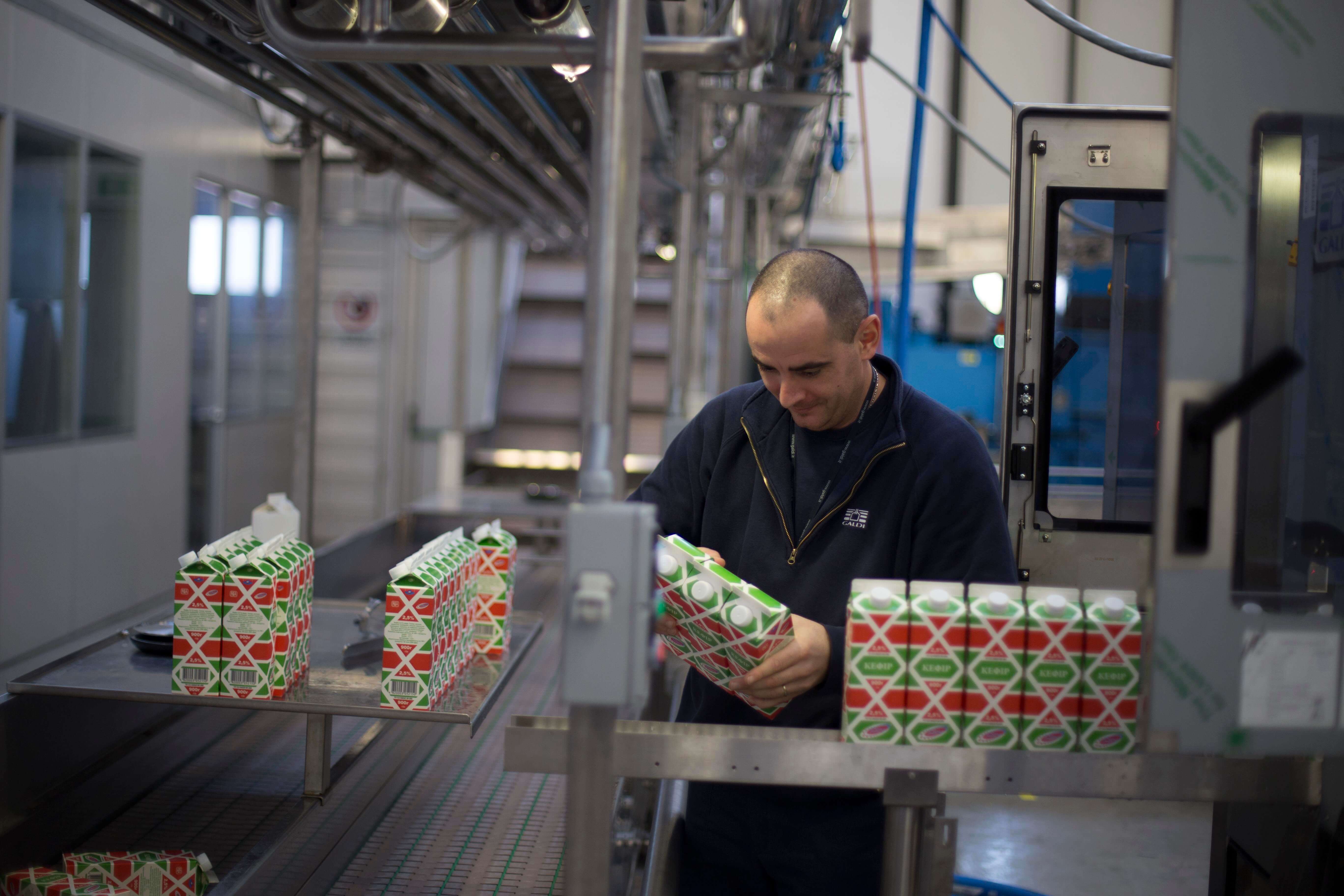Lean Testing for our Filling Machines
Our testing process guarantees high safety standards to future users of our machines

A few weeks ago we talked about some solutions we have adopted to optimise machine testing processes in terms of waste and consumption, with the recovery of 100% of the water used and re-use of the mashed-up cartons.
Today we’re returning to the subject of testing, focussing instead on the continuous improvement to our testing processes which enables us to guarantee ever-higher standards and provide greater assurances to our clients and users.
During their training, clients come to the company and take part in the final testing phase where we run the machines for 30 minutes continuously with zero errors, for each format. Clients are able to gain knowledge which will be completed by the operator and spare parts manual, as well as by the settings manual which is also used by our technicians and maintenance personnel.
The long-term objective is to keep the machine working at optimum conditions at all times. The short-term objective is to supply a filling machine which has been 100% tested, set up and ready for use, which means the machines can replace older machines and production can re-start in the shortest possible time.
We have already reached another important objective with our suppliers, with integration between the machine and optional functional groups, including the foamer and Sel-Clip, which are tested during the final machine testing phase but which are also pre-set and optimised beforehand through cooperation and shared knowledge.
Over the years we have also improved testing and analysis of the packaging and the tops. In order to maximise the performance and efficiency of the testing process and avoid problems during the machine test, as soon as materials are received from our suppliers they are subjected to stringent testing for overall quality and for the seals.
During testing the shape of the boxes is checked carefully, ensuring that the roof and curve of the carton is correctly aligned and the seals and tops of the cartons are analysed, with a specific testing process for the shiny areas and the DYE test, using a coloured liquid, which checks for potential areas of contamination and leaks. The cartons are also weighed carefully to allow for accurate monitoring and correct set-up of the dosing process.
The final phase of the entire testing process, once all the mechanics and settings have been checked, is the peroxide test, following which the machine is thoroughly cleaned and is finally ready to be shipped!
Refining our processes over the years has, clearly, been a team effort. We have relied on the support of the Department of Food Sciences from the University of Udine to optimise food safety, and the Department of Mechanical Engineering at the University of Padua for improvements to processes and for the development of high-performance engineering solutions.

